Fleshy
Meat is not as fragile as you think. Let go and raise it. The fat meat will become a day sooner or later~
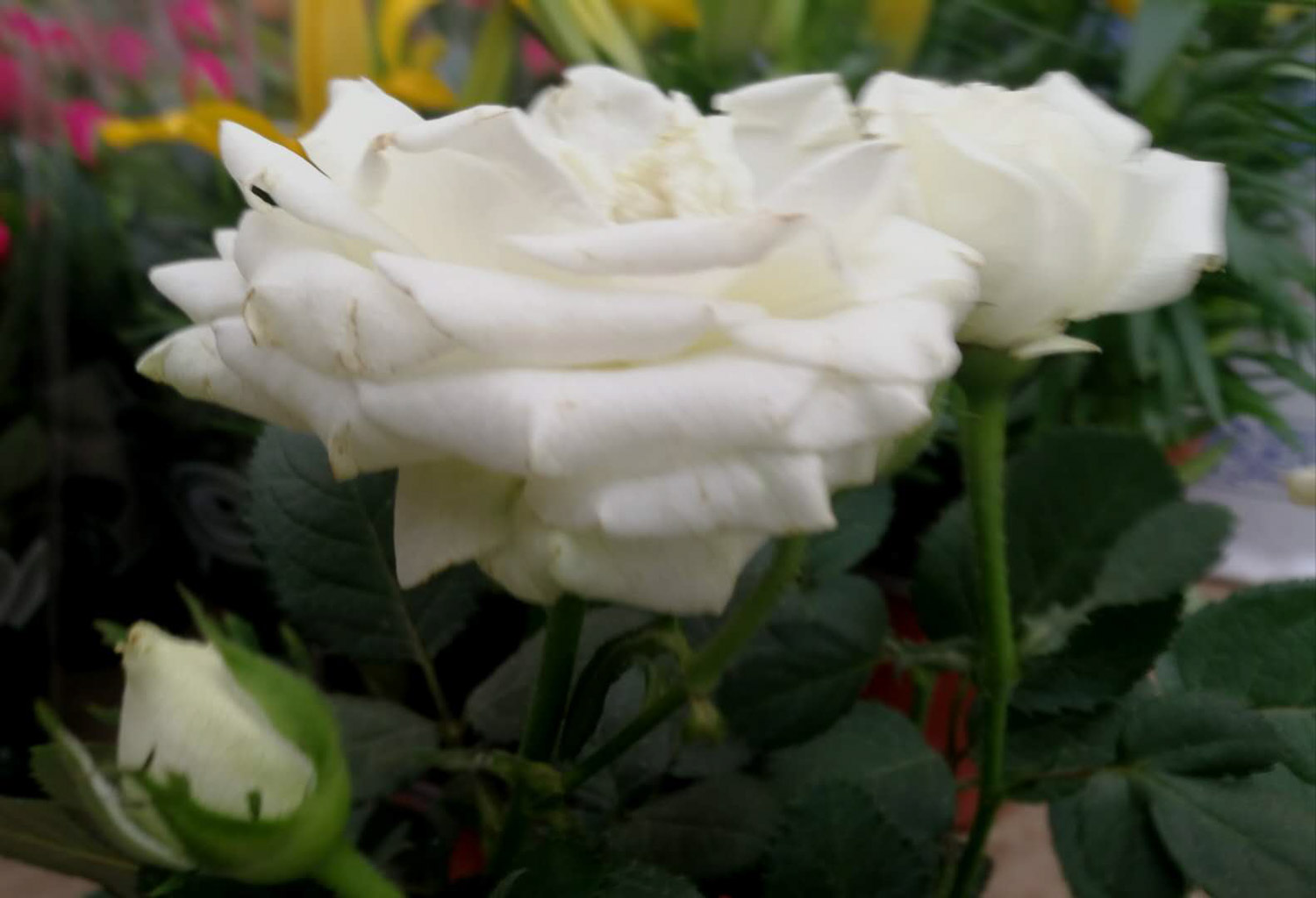
1. Leaf rooting (more than 10 degrees)
Before leaf transplanting, pour some water on the soil to maintain humidity (you can also use rooting water). Put the leaf face up and flat on the soil surface. Try to put it in a ventilated place where there is sunshine
2. Move to small basin
The meat that sprouts and takes root can be directly planted in a small basin, or you can wet the soil in advance, bury it gently, water it once every 3-5 days, and don't sprinkle it on the tender leaves
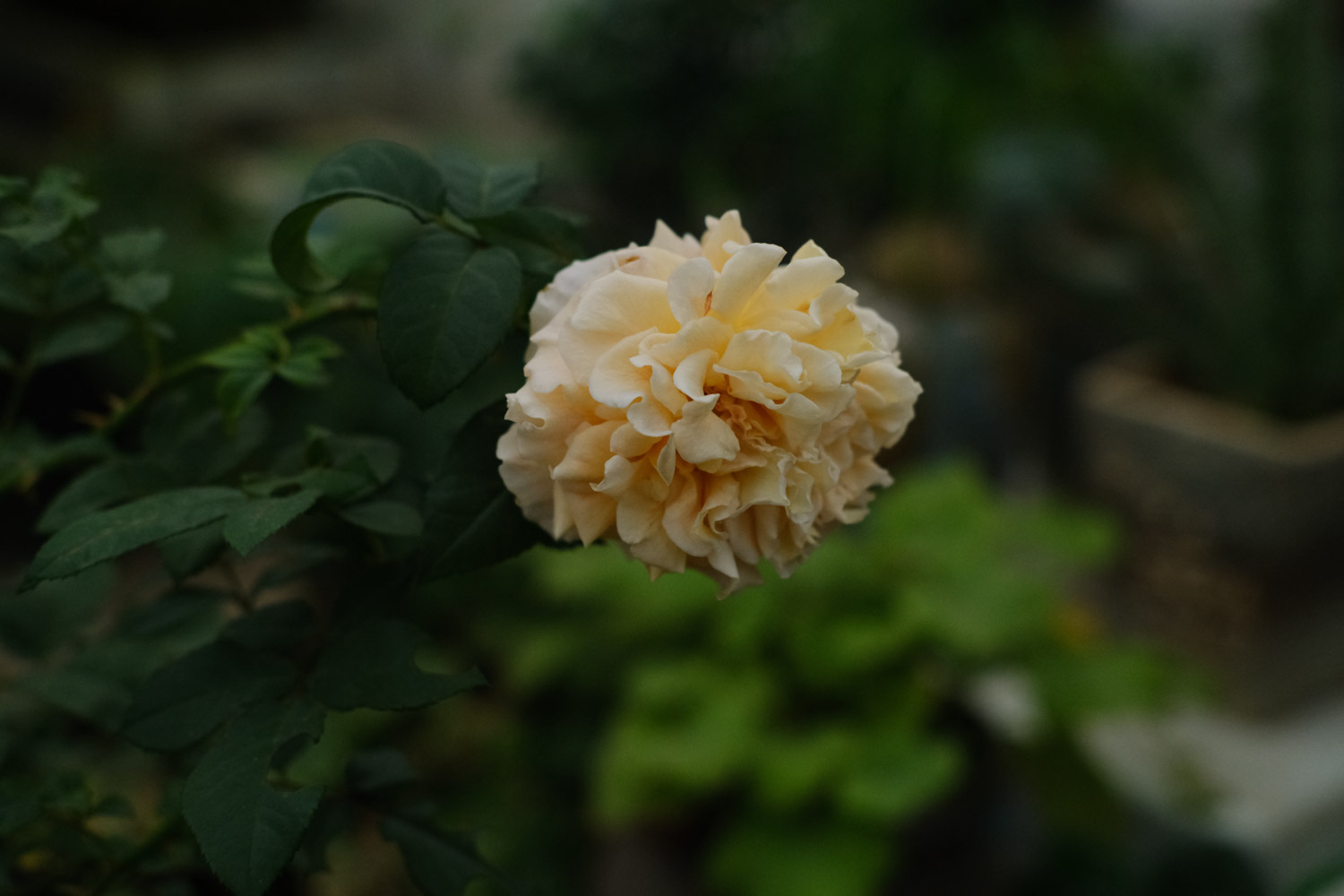
3. Watering and sunshine
Meat is not resistant to damp and heat. Watering is generally once every 5-7 days (if the soil is dry), and placing it in a well ventilated place can better metabolism. Pay attention not to expose the meat during the small seedling stage of cutting. Astigmatism is the best~
4. Pest control
Polypodiosis is mainly caused by scale insects and whiteflies. The common diseases are leaf hydration and black rot. don't be afraid of these problems. It's a piece of cake~
When there are only a few insects, they are directly clamped off with tweezers and wiped off with toilet paper

If it is serious, spray insecticides. Wear masks and gloves before spraying. After that, put plastic bags on the meat, and the insects will die in about 20 minutes. Pay attention not to kill insects in high temperature to avoid dizziness and discomfort~
Meat, water and black rot are basically root problems. One or two pieces can be removed directly. Once the main rod also starts to change, dig it out to see if the root is rotten
After clearing the rotten roots, soak them in carbendazim solution for 10-20 minutes for disinfection, and then plant them again after drying
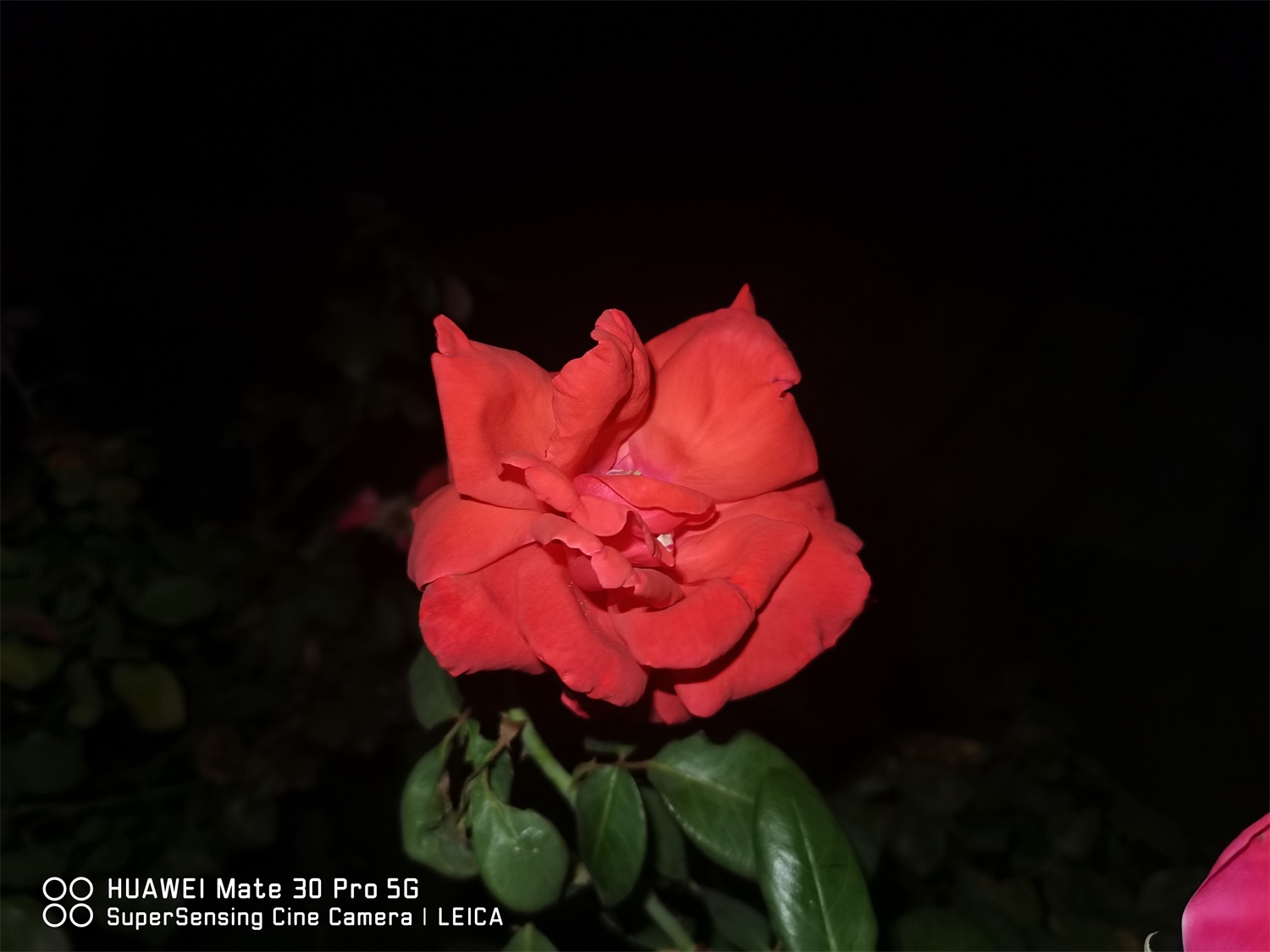
If the root is almost rotten, it can be completely cut and soaked with rooting water. Plant it again after 7-12 days of natural root
5. Bare pile and old pile
Poor soil and too much water may make too much meat grow in vain. If the main pole looks thick, directly remove 1 / 3 of the leaves and reduce watering (once every 7-10 days), it will become an old pile in about two weeks
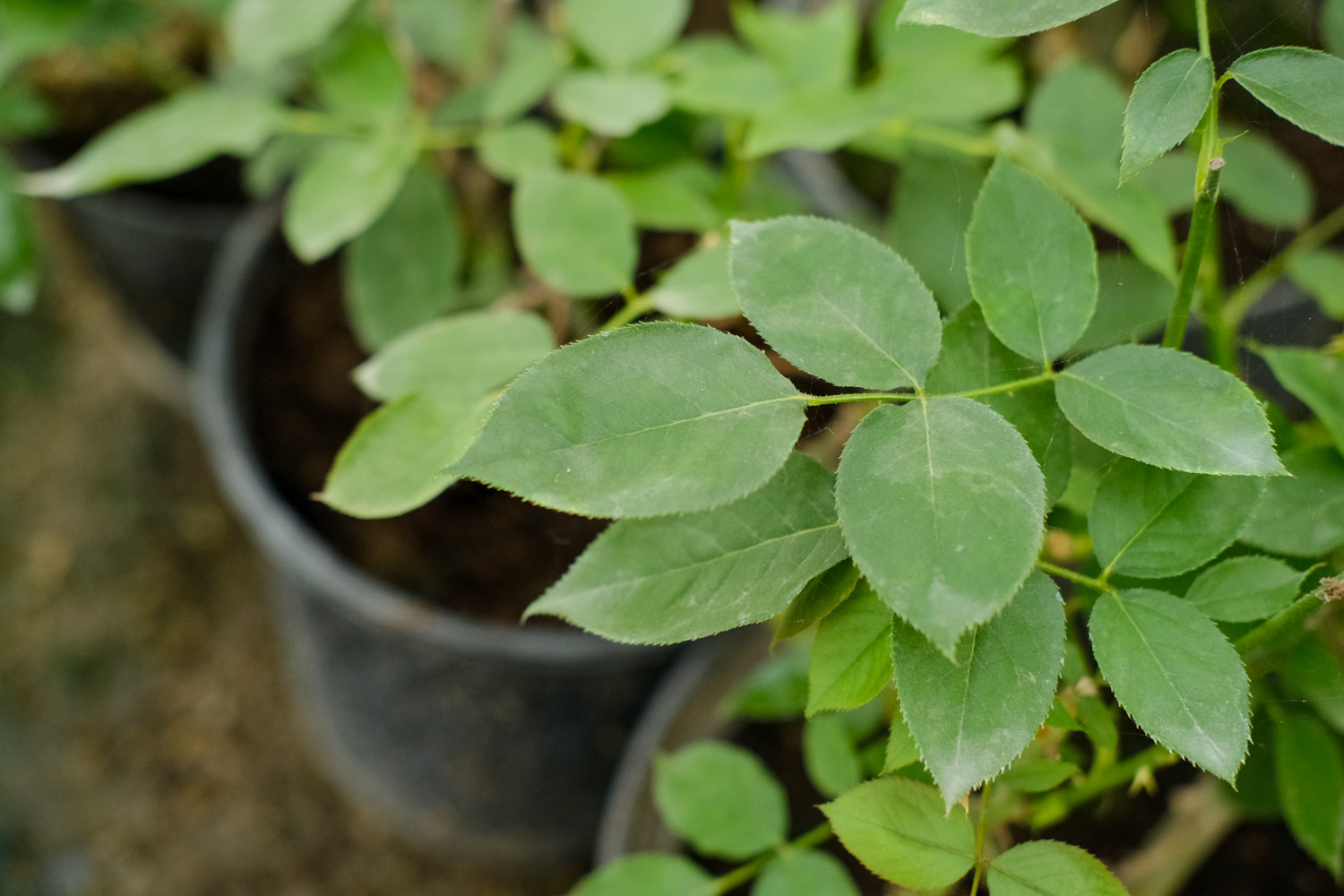
If the meat is thin, long and ugly, just cut off the head and cut it again
6. Change soil and basin
Succulent reproduction is fast. Generally, it can grow in groups in 2-3 months. If the flowerpot grows too fast, it is inappropriate to change the pot and add soil. After the old pile is formed, in order to ensure nutrition, change the soil once a year
Rose
Have you been fascinated by the beauty of roses recently and haven't you planted them yet
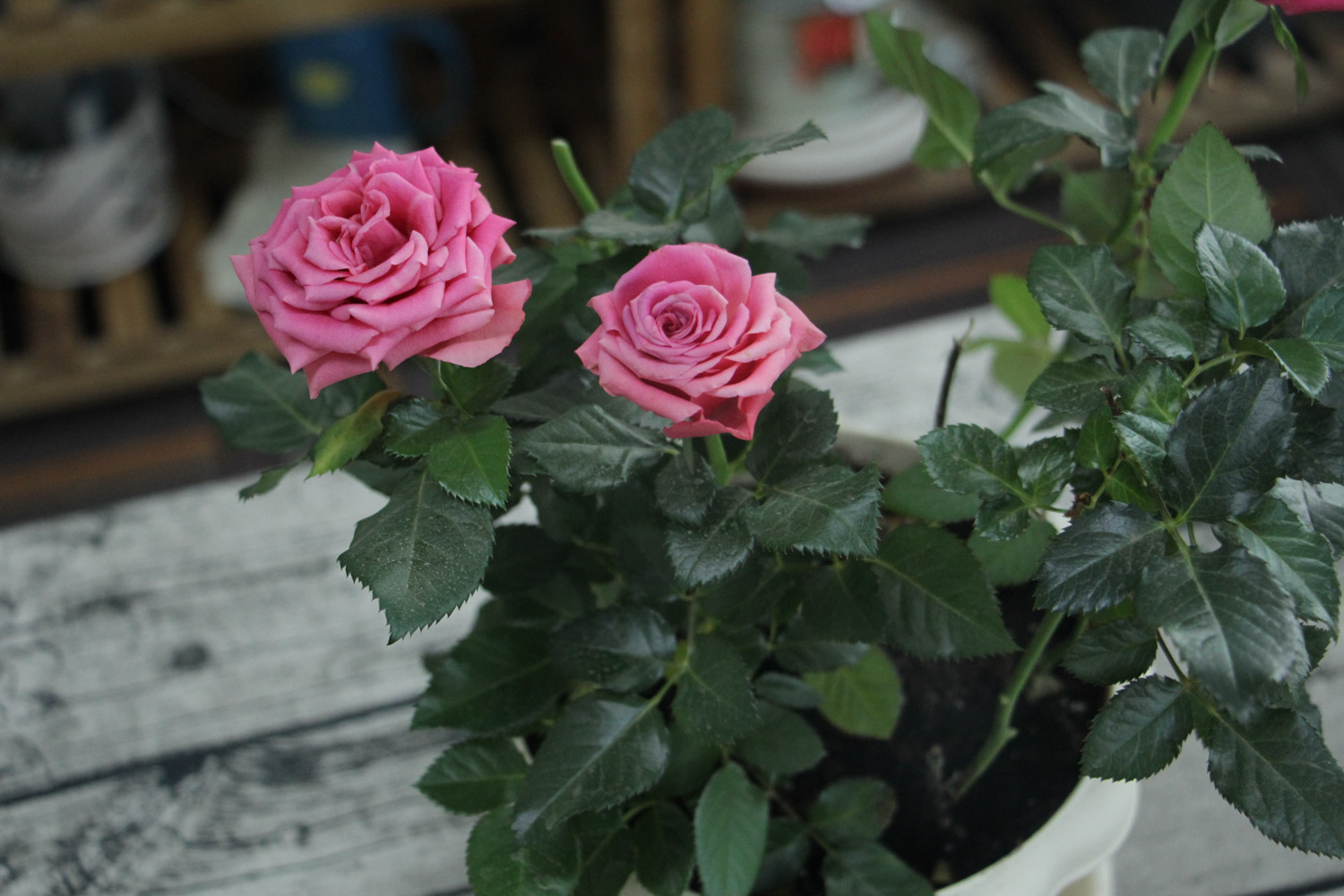
1. Cutting Rooting (more than 10 degrees)
Chinese rose cutting is an old method. Cut the flower branches with 3-4 bud points, soak them in rooting water (7-12 days) and directly insert them in wet and fluffy sandy soil (10-15 days)
2. Light and moisture
Roses like light and can be exposed to the sun all day (below 32 degrees), so you should also maintain sufficient moisture and water them once every 2-3 days
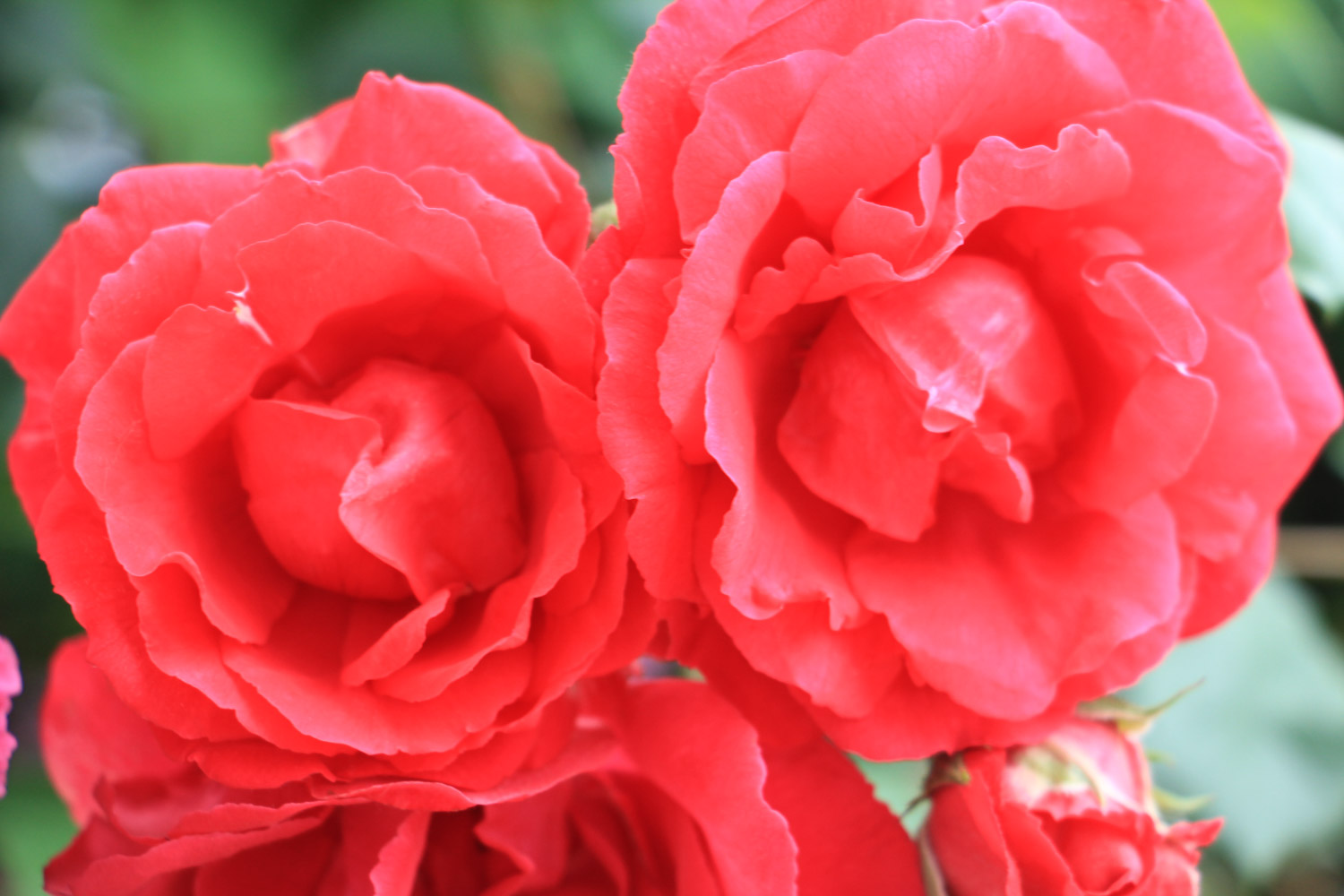
3. Full fertilization
In order to blossom more frequently and bigger, the fertility should be sufficient. In addition to buying rose flower fertilizer directly, chicken manure, cow and sheep manure, peanut shell and soybean residue are all good fertilizers
Pay attention to the bean dregs. It's best to bury them in the soil and retch them for one month. Add about 10 grams of fertilizer every 10 days. Don't overdo it. It will burn the roses
4. Rose pest control
Common insect diseases of rose include black spot, white powder, leaf cutting bee and aphid. Usually pay attention to cleaning. Spray leaves when watering to wash away the insects, or directly remove the leaves to avoid insect reproduction

Cover the basin with a thin layer of plant ash, which can not only be used as potassium fertilizer, but also prevent insect diseases. Kill two birds with one stone! But be careful not to sprinkle too much to prevent the basin soil from salinization and rotten roots
Mash garlic or pepper and soak in water (garlic and water 1:3). After soaking for 2-3 days, add water (1:500) and pour it on the insect leaves. It's more powerful than carbendazim
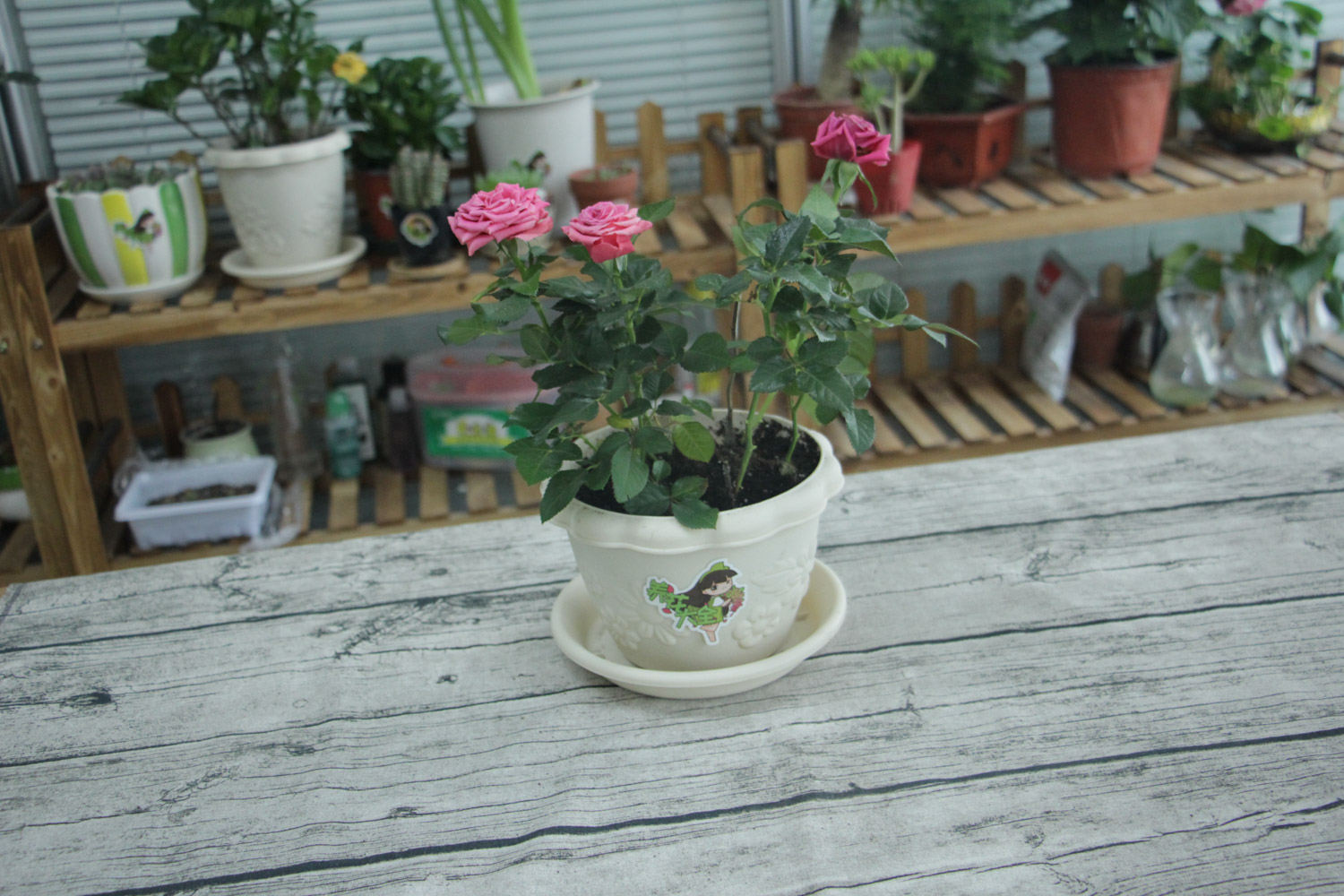
Put a sticky board in the rose bush (just ordinary sticky), and easily stick to the small flying insects. The sticky board in the picture rolls up and sticks to the insects in all directions
5. Rose pruning
The beautiful rose depends on raising 7 points and cutting 3 points. Don't be unwilling to cut. Trim the dry and dead branches and internal wrong branches (thin and weak branches growing inward) in spring and autumn to keep the shape unified
Cut blind buds and branches during flowering to ensure nutrient supply and flowering~
The following figure shows the comparison before and after pruning, which is refreshing
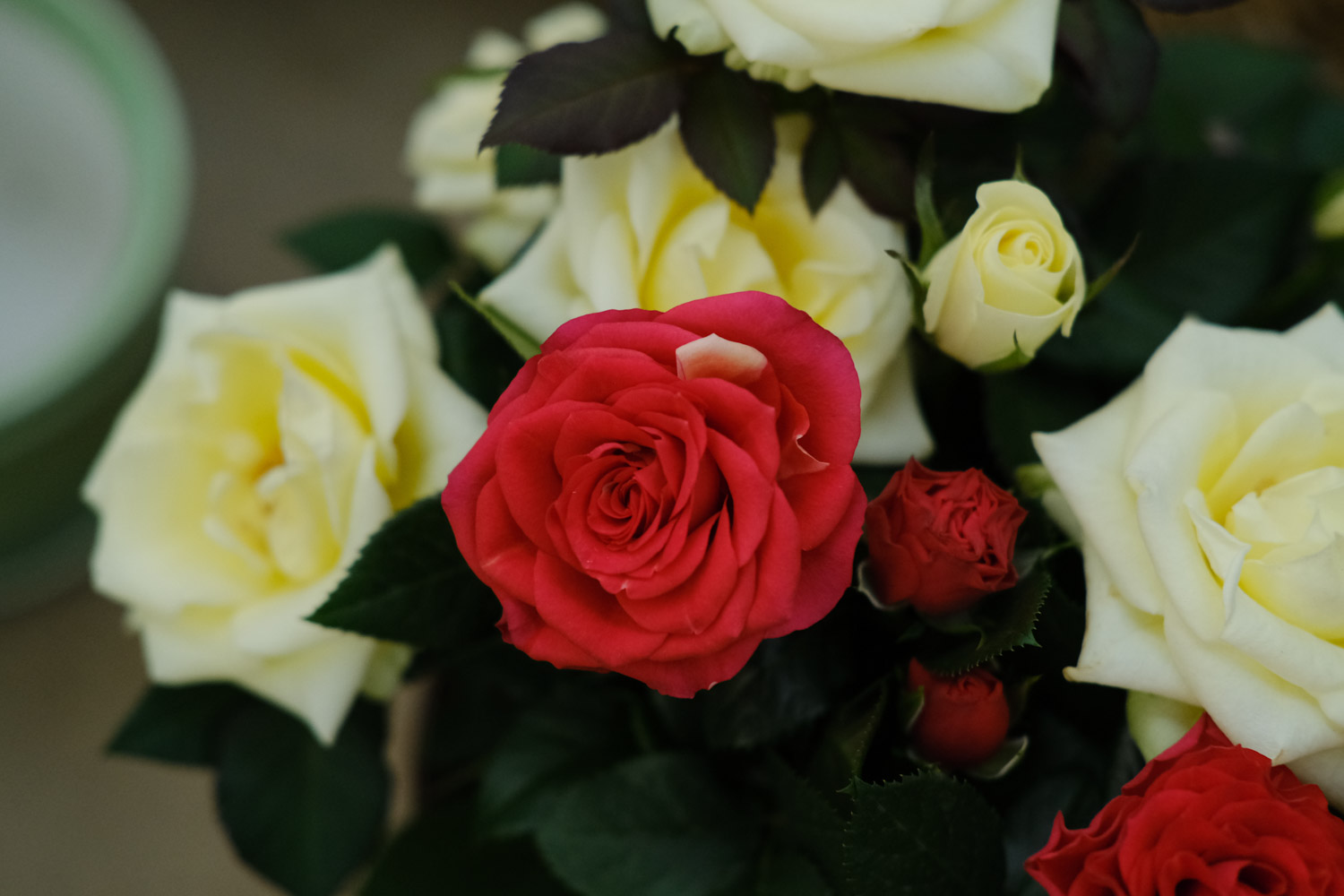
Triangle plum
Most flower friends like triangle plum, which is easy to feed and has many flowers. Don't hesitate to like it
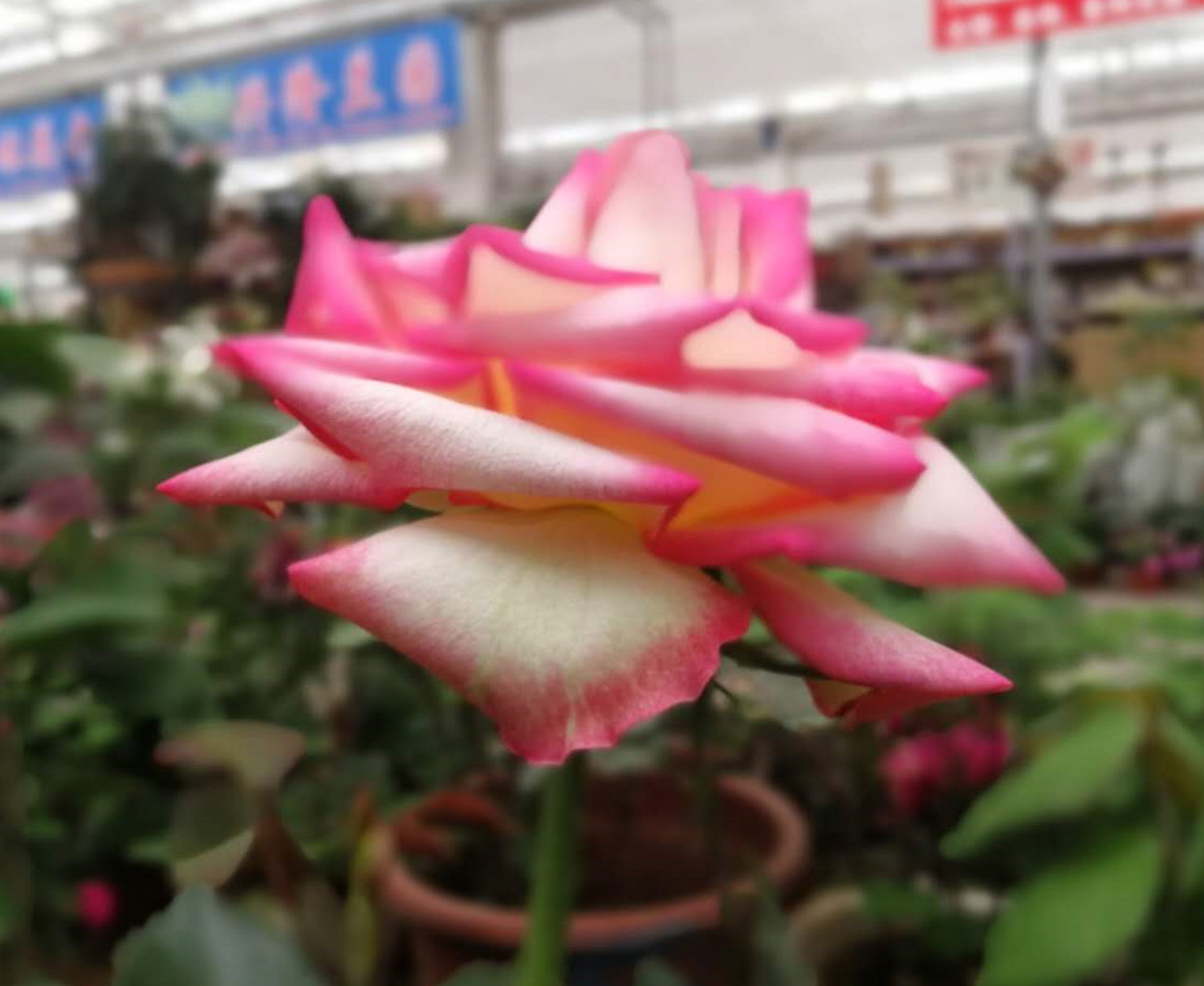
1. Pruning and rooting
Do not buy seedlings, directly cut 1-year-old new branches (10-15 cm long, remove leaves), soak in rooting water and take root in about 20 days
2. Sunlight and moisture
A large number of flowering plum trees need long sunshine, so it is suitable for open cultivation and Nanyang terrace cultivation. Although it is large, it is afraid of waterlogging. When the pot soil is dry, pour it into the water. It is thirsty at the flowering time, so it should be poured in time
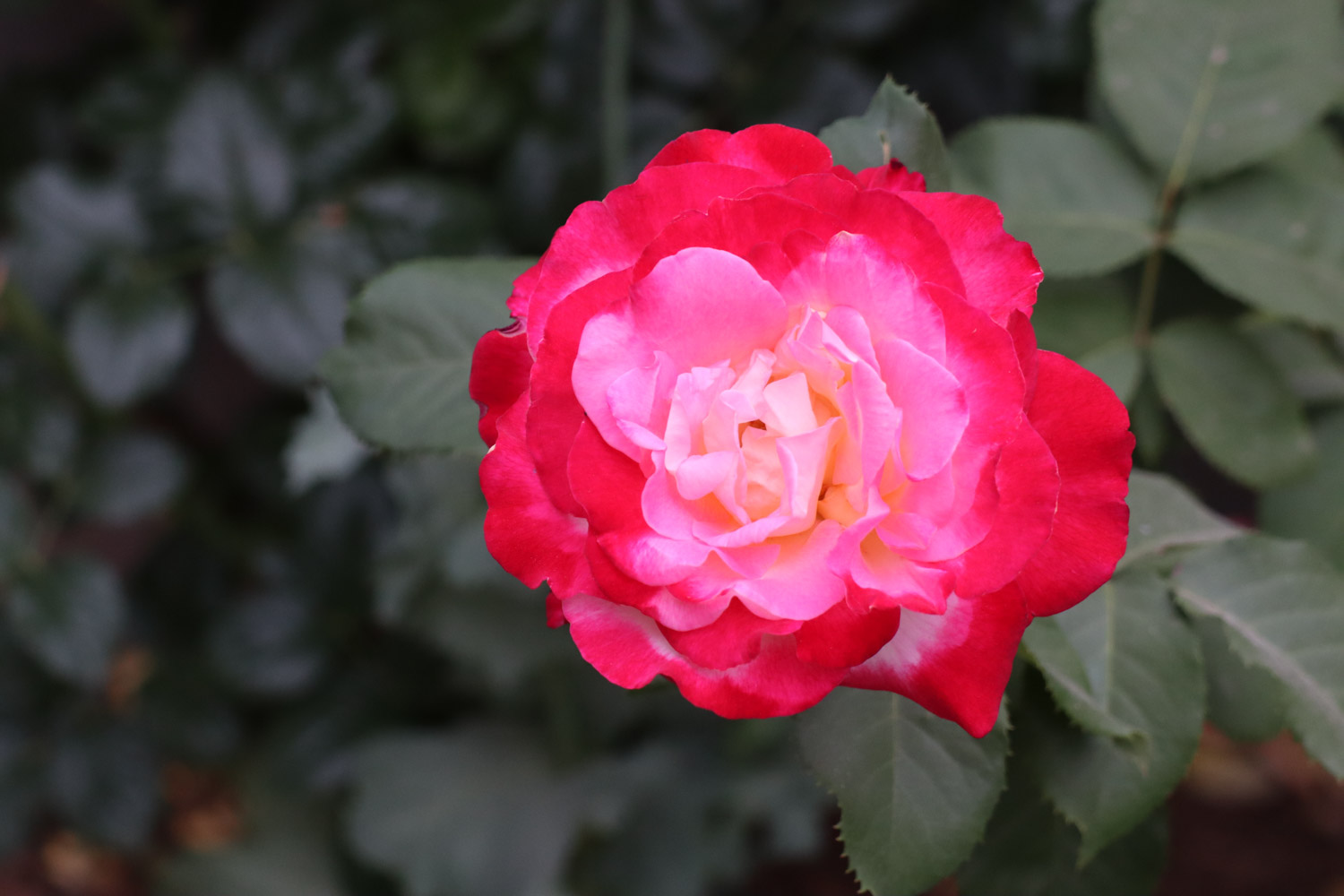
3. Timely fertilization
Of course, the flowering machine should have enough fertility. In addition to buying fertilizer on the market, it can also make self-made triangular plum blossom fertilizer
The meat bones can be powdered (crushing is OK), fish and shrimp viscera can be retted with soil for one month, and can be used as phosphate fertilizer. Add it to the basin soil once every 7-10 days, about 10 grams each time, so as to ensure that the flowers bloom continuously~
Geranium
Geranium is bright in color and has a long flowering period. Once planted, where can a pot be
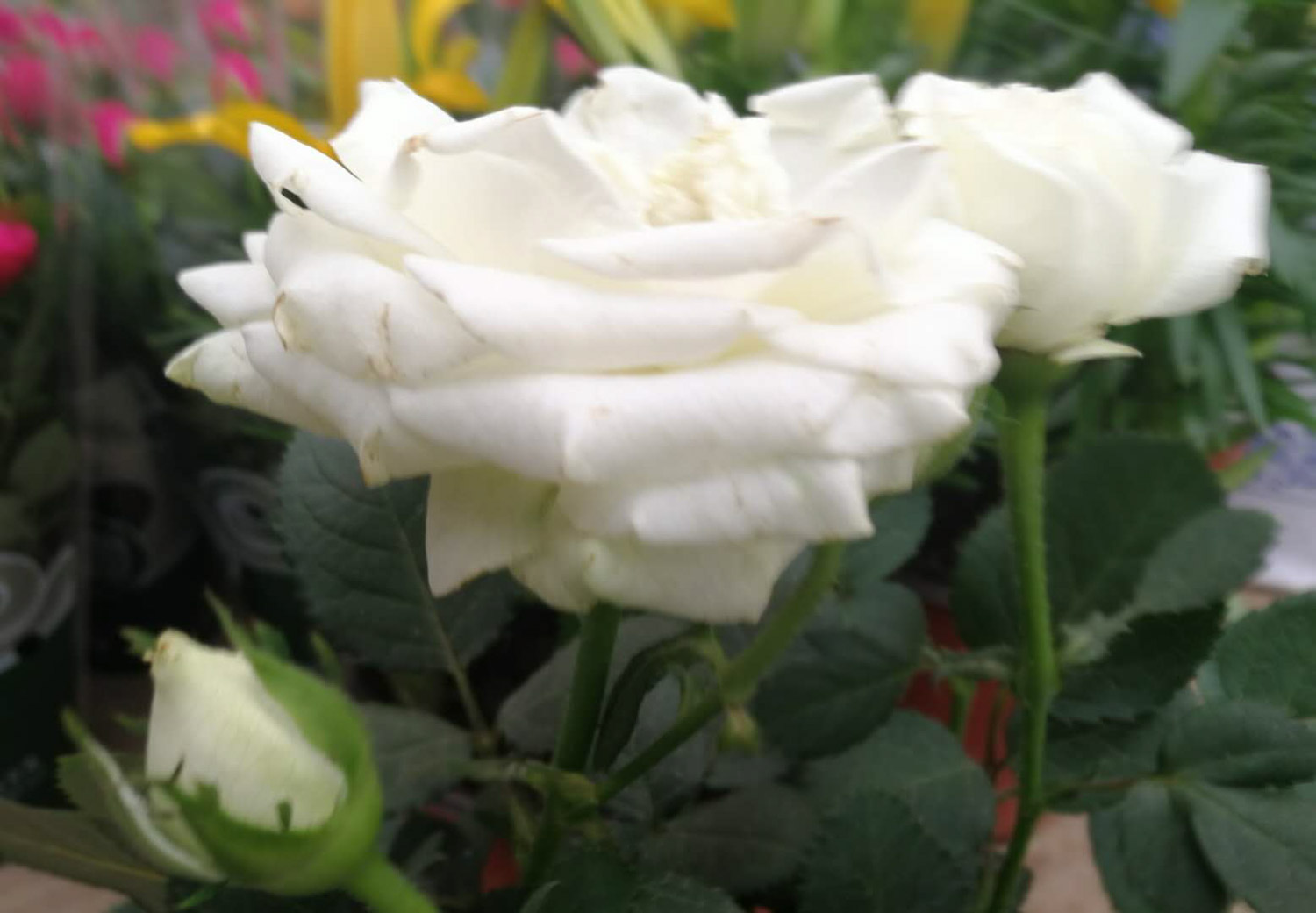
1. Seeding and cutting (above 15 ℃)
Geranium seeds are easy to get, so how convenient is it to sow and cut? It's better to choose fluffy and humid soil. Seedlings will emerge within 20 days of sowing and cuttings will take root in about 10 days~
2. Light and moisture
Geraniums like a warm environment. They can often bask in the sun in spring and autumn. In summer, they can quickly move back indoors to avoid sunburn. In winter, they can live safely as long as they don't frost or freeze~
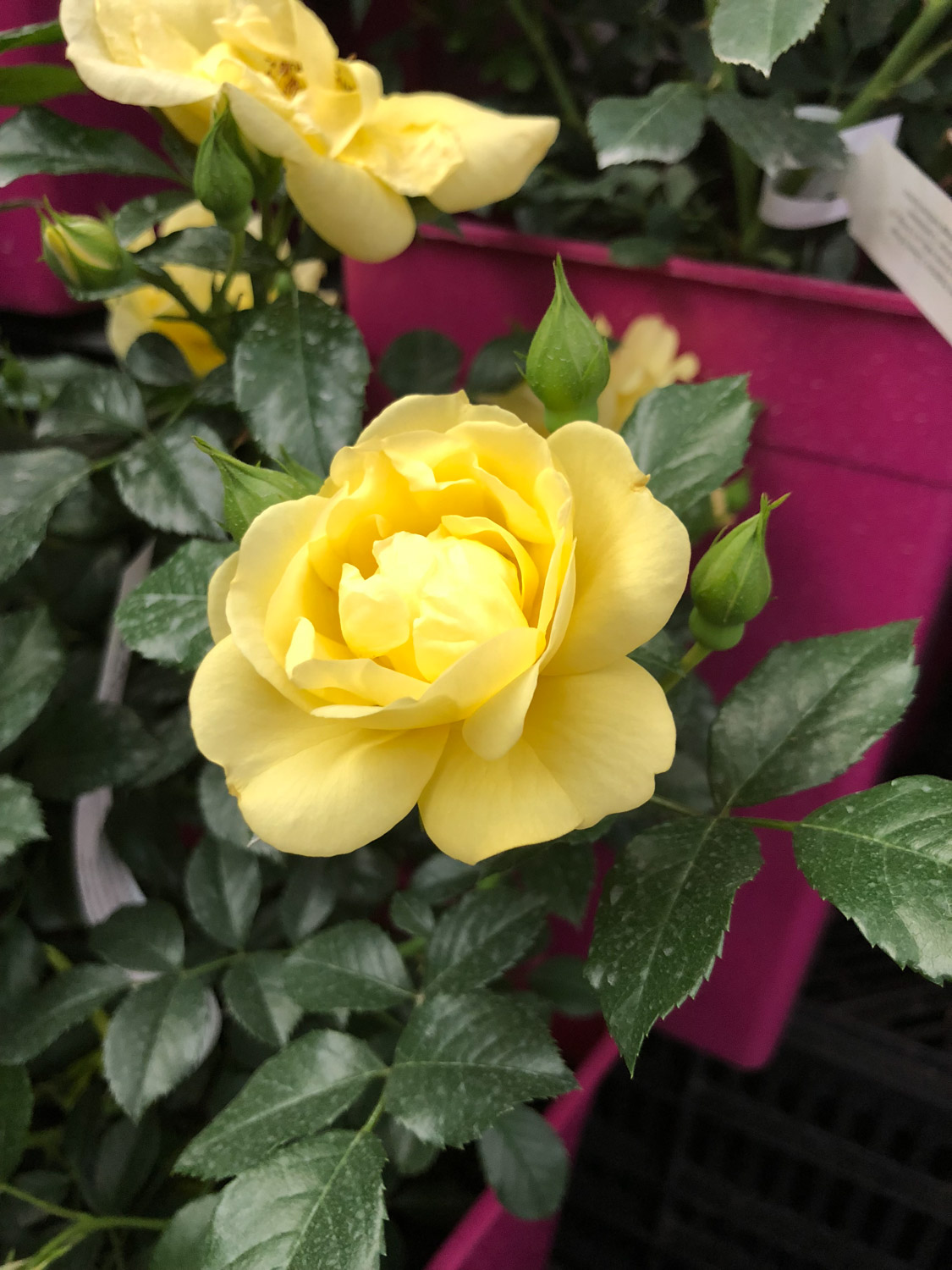
The shallow rooted geranium is afraid of waterlogging and humidity, so it is better to stick to dry soil and water again, and proper water control can be healthy
3. Pick the heart and hit the top
If you want the geranium to grow prosperous, you should stick to the top and pick your heart. Don't be too troublesome and find a way to do it at one go

The first time to pick the heart: when the seedling grows to 15 cm high, pick the heart and give birth to many heads after picking
The second heart picking: 2-3 months old seedlings are pruned, leaving a height of 10 cm, and the branches diverge after picking
The third plucking: topping after flowering, making the whole flower spherical
Clivia
Clivia is full of temperament. It is a low-key choice for raising flowers. Although it is high and cold, it doesn't bother to raise it at all
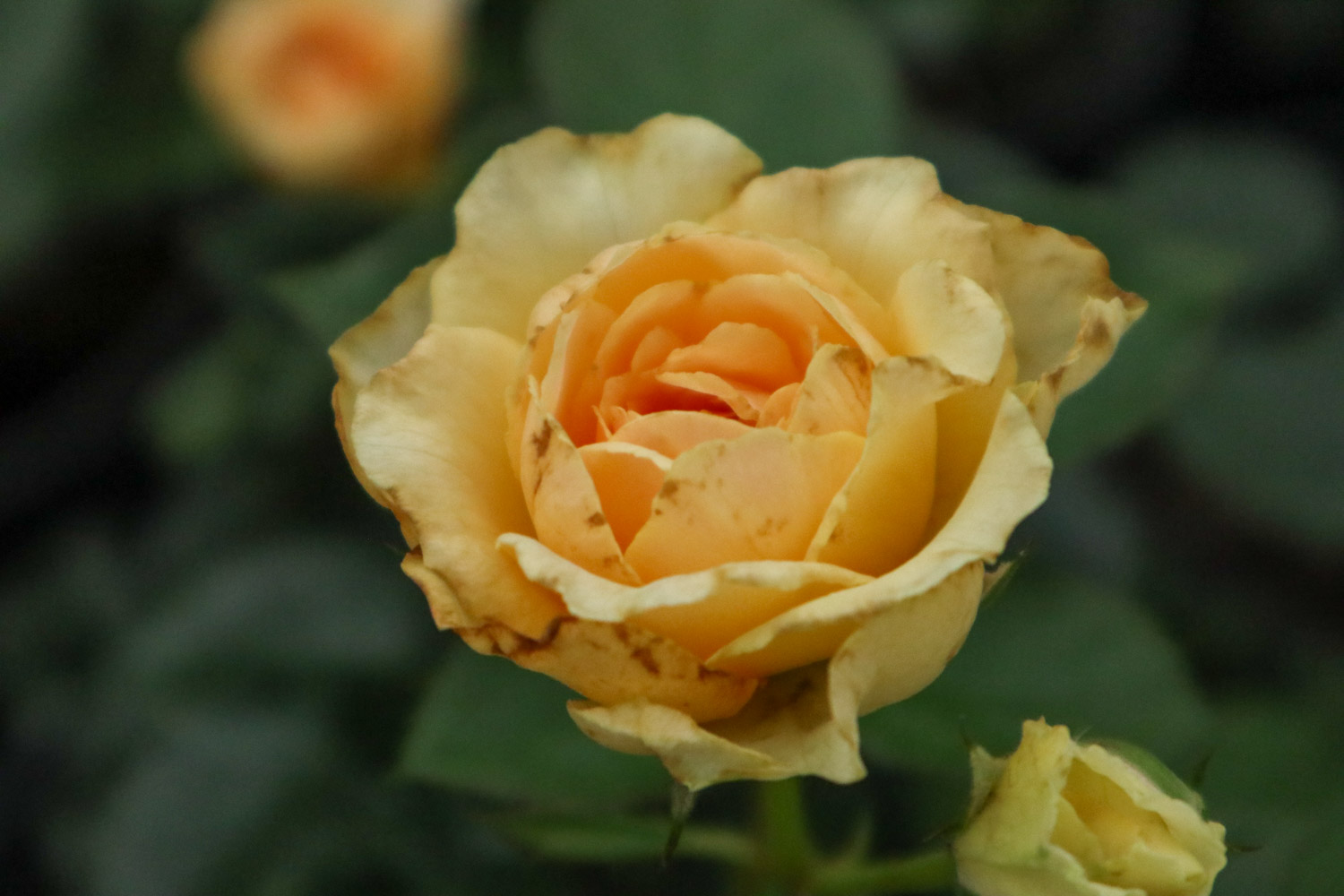
1. Sowing (above 20 degrees)
After flowering, Clivia seeds, peels and opens, and buds after soaking in warm water (30-40 degrees) for 2-5 days
After budding, bury it in the fluffy and slightly wet grass leaf soil (pine and cypress leaves are OK). Spray water every day to keep it moist. You can show your green head in about 20 days, and then you can divide potted plants
2. Does Clivia like yin
Many flower friends think that Clivia likes shade, so they always put it in the house. In this way, it not only grows slowly, but also blooms slowly. In fact, it likes bright astigmatism. It can be put on the windowsill in other seasons except summer
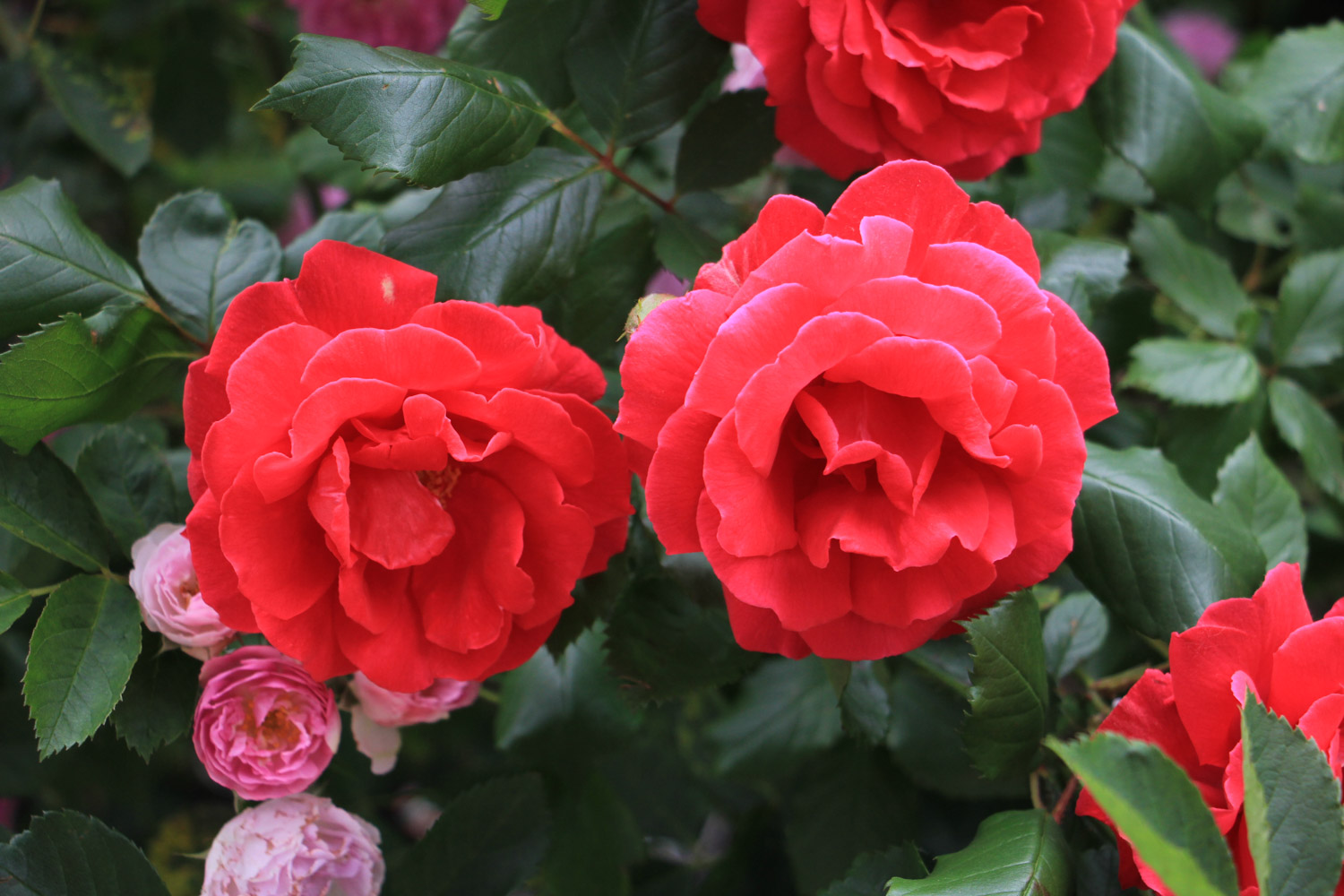
3. Clivia arrow
Raising Clivia often meets arrows. This method is also a commonplace. Quickly shut it in a small black house and pull it out after 3-5 days
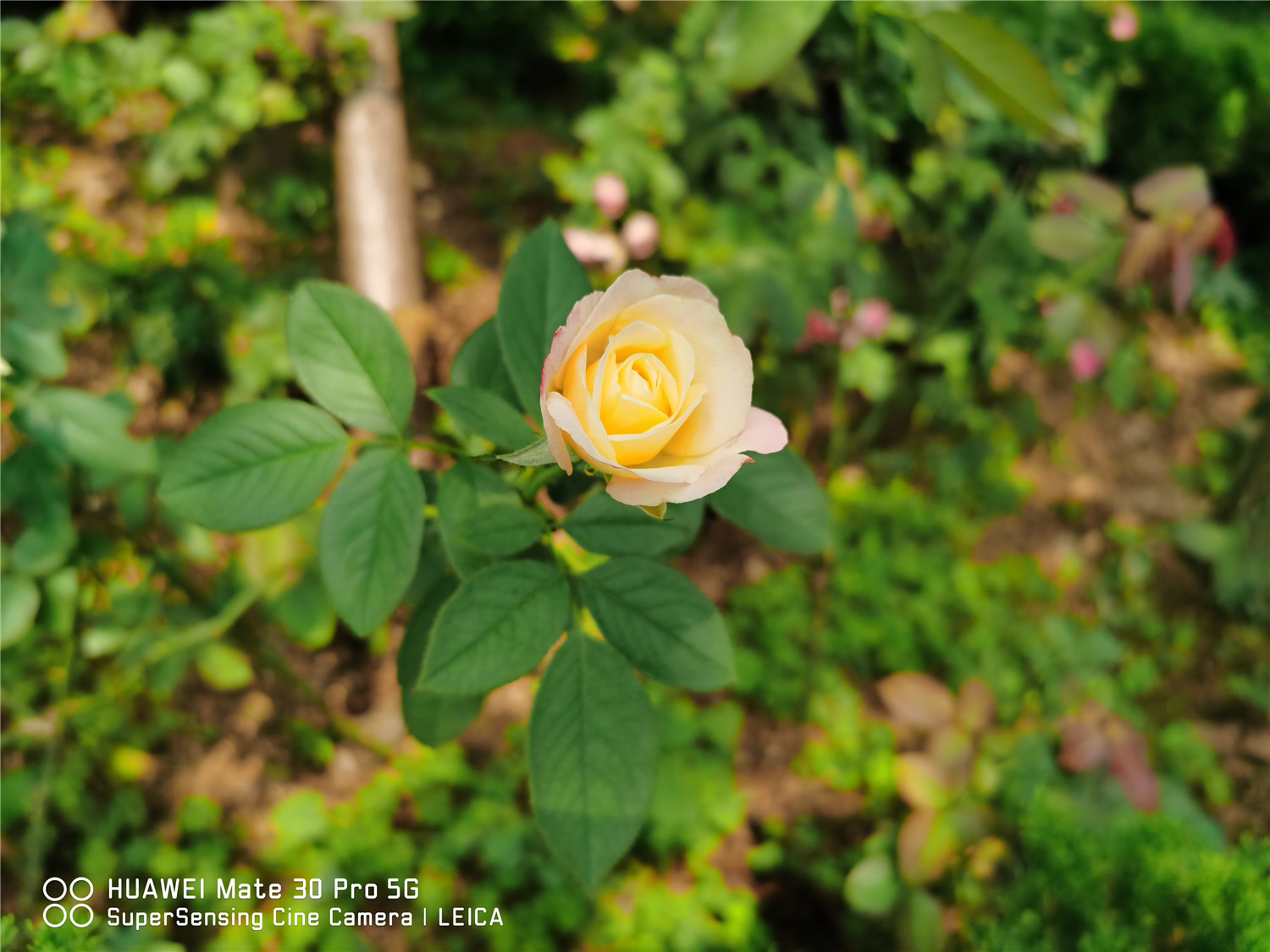
It's OK to pour some beer water into the Clivia with arrows. When the beer is mixed with water (1:50), the flowers will rub open
4. Correct posture
Because the light is uneven, Clivia is easy to grow crooked, so it needs to be corrected. It's really an obsessive-compulsive work! Just use toilet paper and a few small pins to fix it where it is crooked
In the process of correction, rotate the flowerpot every 7 days for about 45 degrees, and the correction period is 20-30 days to ensure that each side receives the same degree of sunshine~
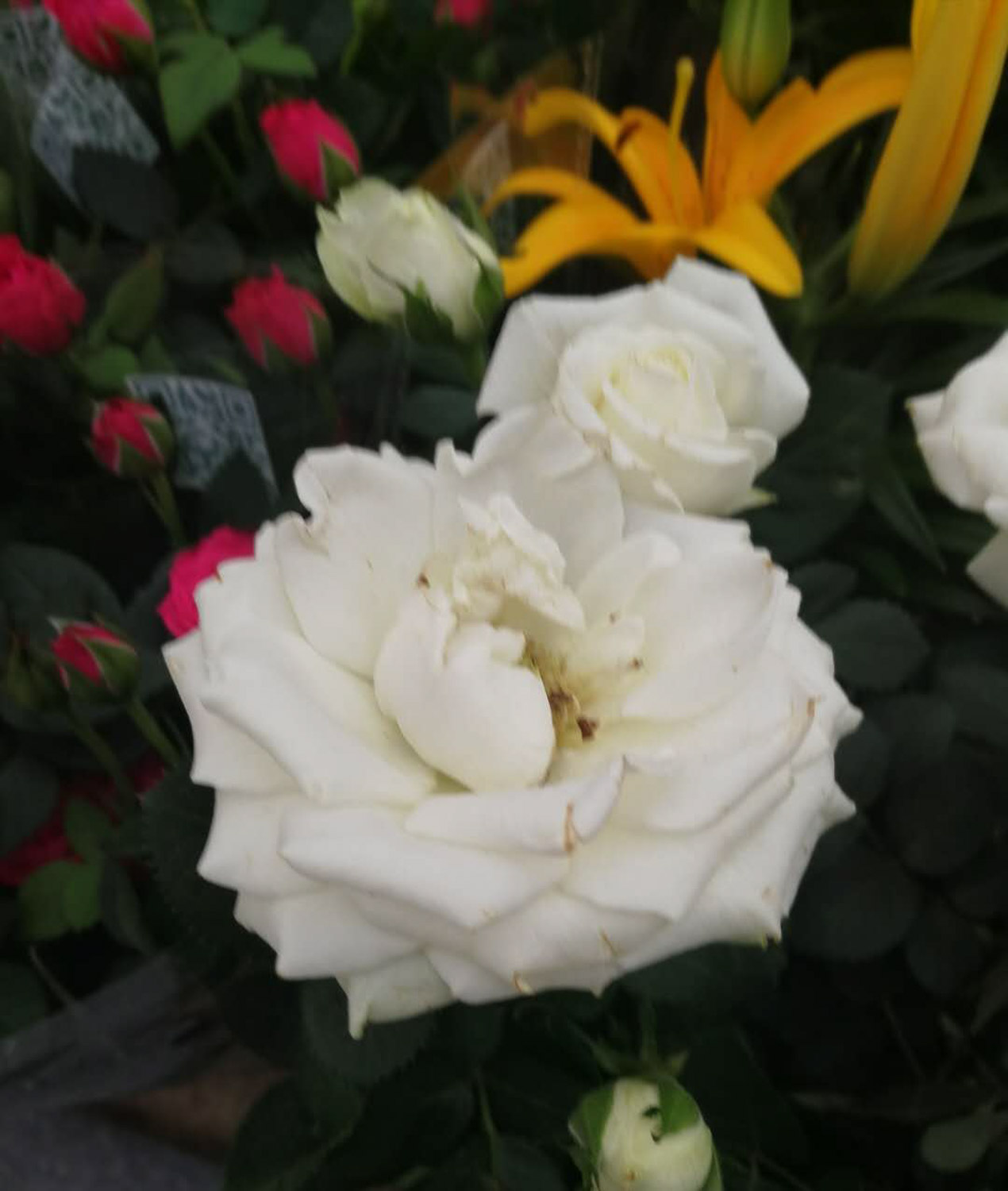
After watching the growth process of these common flowers
Have flower friends increased their confidence in raising flowers
Don't be afraid
Raise it if you like

 how many times do yo...
how many times do yo... how many planted tre...
how many planted tre... how many pine trees ...
how many pine trees ... how many pecan trees...
how many pecan trees... how many plants comp...
how many plants comp... how many plants can ...
how many plants can ... how many plants and ...
how many plants and ... how many pepper plan...
how many pepper plan...


























